IPPCAAS Reveals the Impact of Human Migration and Agricultural Practice Changes on the Evolution and Ecological Adaptation of Wheat Fusarium Populations
Recently, the Grain Crop Fungal Disease Monitoring and Control Innovation Team at the Institute of Plant Protection, Chinese Academy of Agricultural Sciences (IPPCAAS) published a research paper titled "Adaptation of Fusarium Head Blight Pathogens to Changes in Agricultural Practices and Human Migration" in Advanced Science (JCR Q1, IF=14.3). This study, through extensive field surveys of Fusarium head blight (FHB) pathogens in wheat, combines fungal population genomics with historical human migration analysis to reveal how large-scale human migration in China historically led to changes in agricultural practices, significantly influencing the evolution and ecological adaptation of Fusarium populations.
FHB caused by Fusarium species, is one of the most important diseases in wheat production, widely distributed in humid and semi-humid regions around the world. In recent years, the occurrence of FHB in wheat has been expanding in China, with the frequency of outbreaks increasing significantly. The resulting yield loss and toxin contamination seriously affect food security and safety. Southern China is a major hotspot for FHB, but the genetic structure and evolutionary history of the Fusarium populations in this region have remained unclear.
Fusarium asiaticum is the dominant pathogen responsible for FHB in southern China. The research team selected 245 representative strains of Fusarium asiaticum from over 4,000 samples collected across eight provinces and one municipality (Jiangsu, Anhui, Hubei, Hunan, Guangxi, Jiangxi, Fujian, Sichuan, and Chongqing) for whole-genome sequencing. A Fusarium asiaticum pangenome was constructed. Through population differentiation and evolutionary history analysis, the study found that the evolution of Fusarium asiaticum over the past 10,000 years is closely linked to human activities that caused changes in agricultural practices. Notably, population migrations due to wars led to a shift from rice monoculture to rice-wheat rotation systems. Under the selective pressure of rice-wheat rotation, the Fusarium population evolved into a subgroup with higher virulence to wheat.
Whole-genome analysis of Fusarium asiaticum strains from Japan, Brazil, and the United States further confirmed the adaptation of Fusarium to human migration and changes in agricultural systems. In addition, through comprehensive analysis of the pathogen’s toxin chemotype composition, population genome consistency, and airflow trajectories, the study provides the first evidence of the long-distance spread of Fusarium over distances exceeding 250 kilometers, offering new insights into the epidemiology of FHB.
The findings of this study have important scientific significance for disease forecasting and control. The first author of the paper is Yang Meixin, a doctoral student jointly trained by IPPCAAS and Wageningen University. The corresponding authors are Theo van der Lee (Wageningen University), Zhang Hao, and Chen Wanquan (IPPCAAS), with contributions from Feng Jie and Liu Taiguo (IPPCAAS). The research was supported by the National Key R&D Program (2022YFD1400100), the Xinjiang Uygur Autonomous Region Key R&D Program (2022B02015-3), the National Natural Science Foundation of China (32172379), and the National Wheat Industry Technology System Project (CARS-03).
Link:http://doi.org/10.1002/advs.202401899
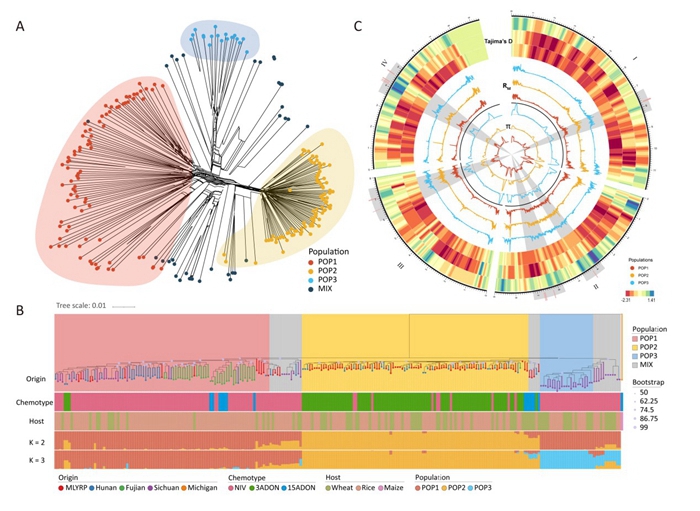
-
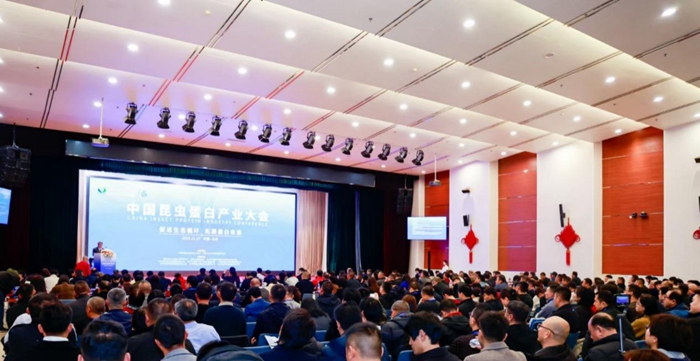 Nov 29, 2024First China Insect Protein Industry Conference Organized by Institute of Apicultural Research Successfully Held in Beijing
Nov 29, 2024First China Insect Protein Industry Conference Organized by Institute of Apicultural Research Successfully Held in Beijing -
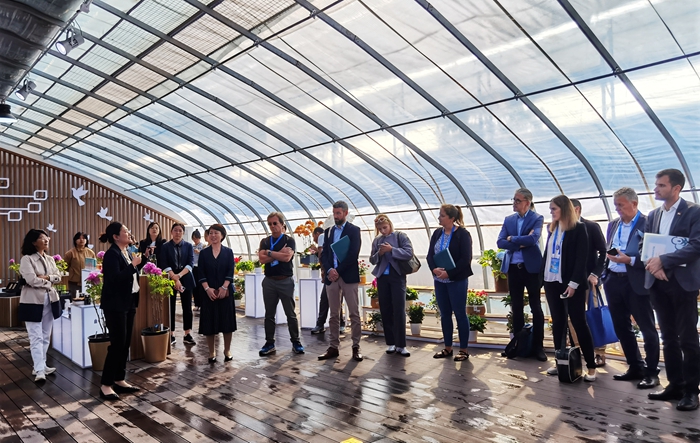 Nov 28, 2024Delegation of High-Level Science and Technology Managers from European countries Visited IVF
Nov 28, 2024Delegation of High-Level Science and Technology Managers from European countries Visited IVF -
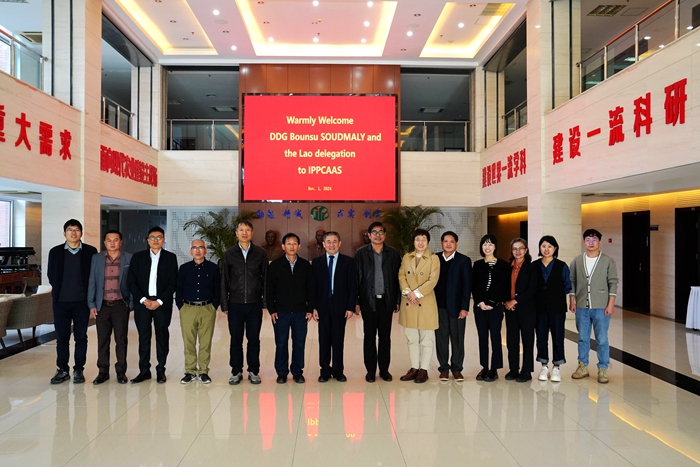 Nov 28, 2024The Lao PDR-China Joint Laboratory for Plant Protection holds technical seminar at IPPCAAS
Nov 28, 2024The Lao PDR-China Joint Laboratory for Plant Protection holds technical seminar at IPPCAAS -
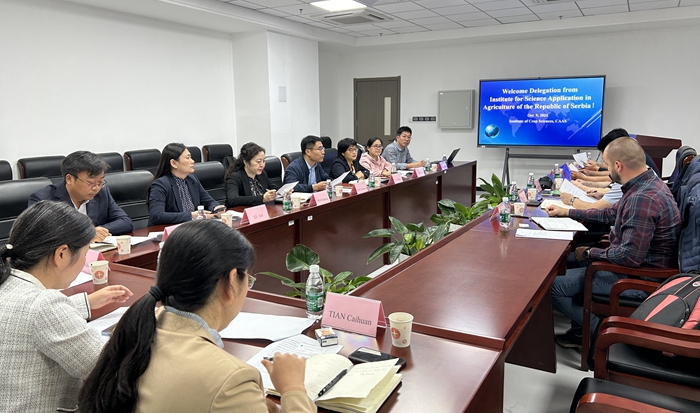 Nov 22, 2024Director Stanković and his delegation from the Institute of Agricultural Sciences and Applications of the Republic of Serbia visited ICS
Nov 22, 2024Director Stanković and his delegation from the Institute of Agricultural Sciences and Applications of the Republic of Serbia visited ICS -
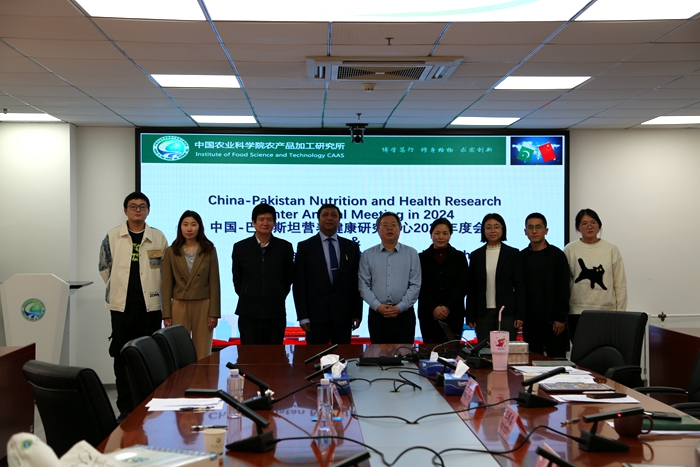 Nov 22, 2024Coordinator General of COMSTECH-OIC visited IFST-CAAS
Nov 22, 2024Coordinator General of COMSTECH-OIC visited IFST-CAAS
